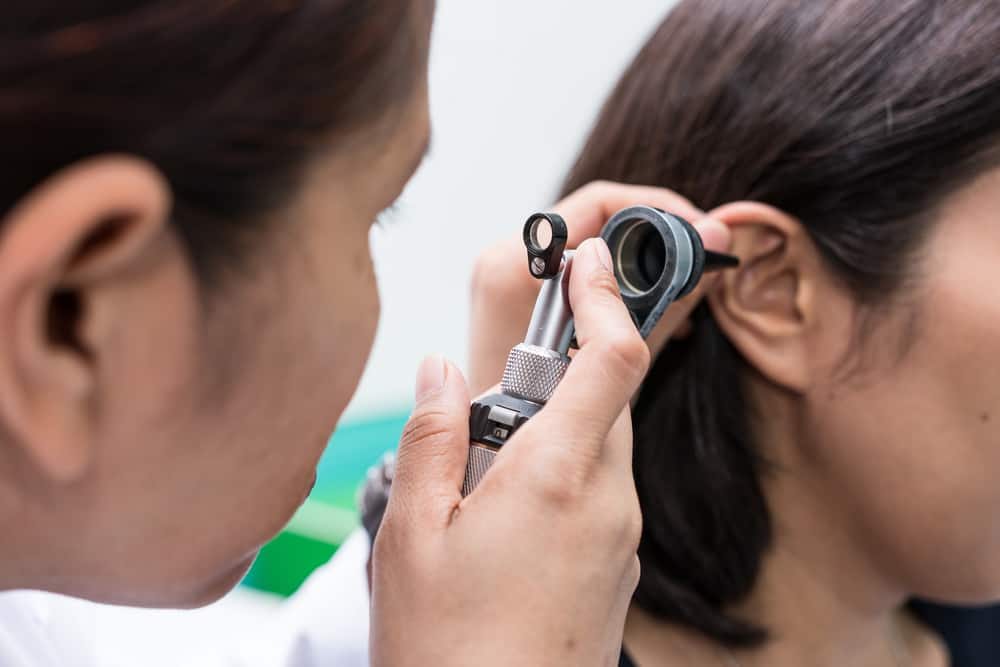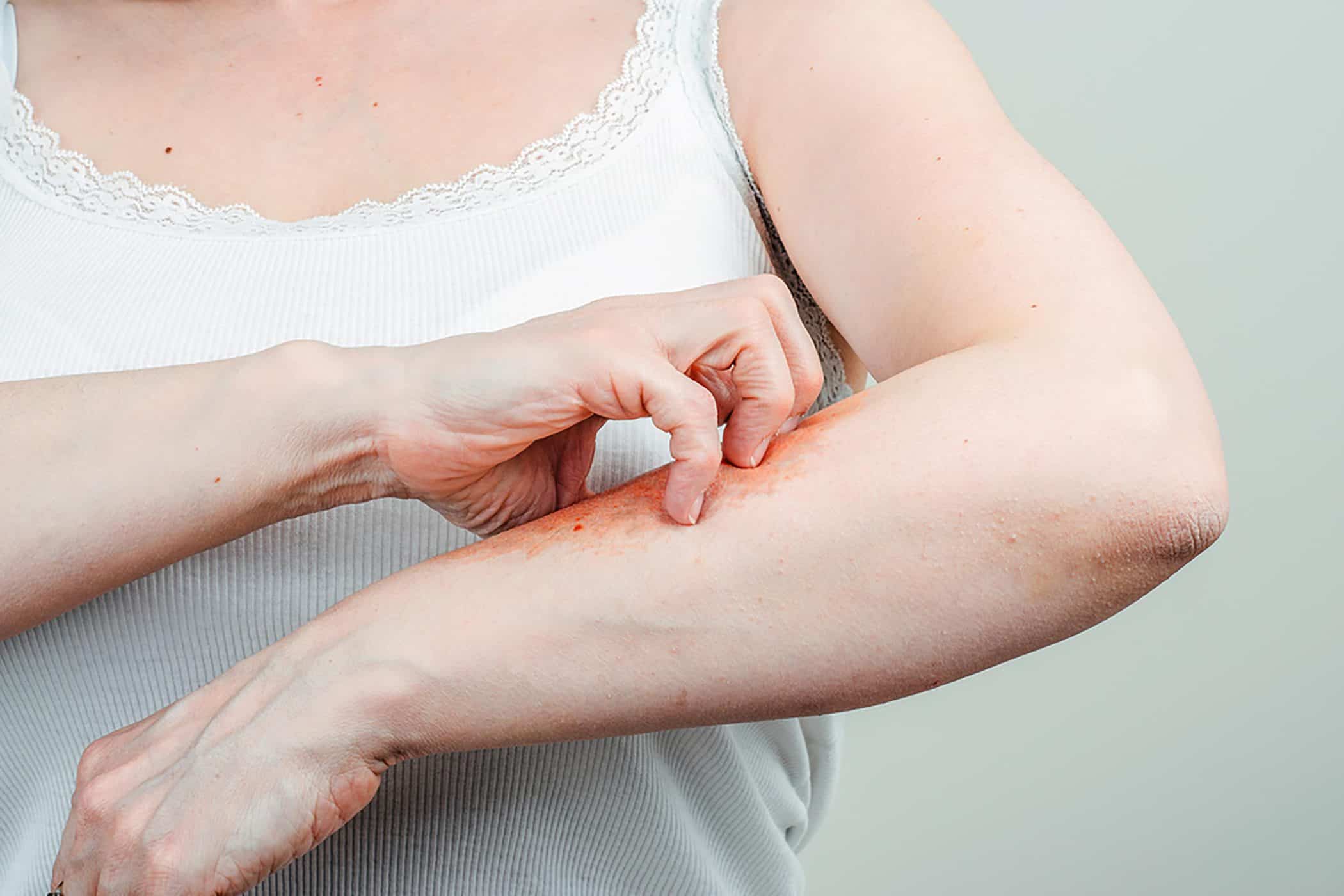Contents:
- Medical Video: How to Prevent Salmonella Poisoning
- The danger of salmonella in food
- Foods that are at risk for salmonella
- Can you find out which foods contain salmonella?
Medical Video: How to Prevent Salmonella Poisoning
Many people experience diarrhea or abdominal pain due to eating food incorrectly. This digestive problem may be caused by the presence of salmonella bacteria in food, especially undercooked foods. So, you need to avoid foods that contain salmonella bacteria. However, is there a way to find out the salmonella content in food?
The danger of salmonella in food
The presence of salmonella bacteria in the food you eat can cause you to suffer from gastoenteritis. This can happen to you with symptoms of nausea, vomiting, abdominal cramps, diarrhea, fever, headaches, chills, and blood in the stool. You can experience these symptoms for two to seven days.
When you eat foods that contain salmonella bacteria, you will not immediately feel sick. Pain will appear at least 2-3 days after you eat the food. So, it might be difficult for you to know what foods are causing you pain. You should remember what foods you ate for three days back, and this may not be easy to remember.
Besides being able to cause digestive problems, certain types of salmonella bacteria can also cause typhoid fever or better known as typhus. This disease is caused by bacteria Salmonella typhi contained in contaminated food.
Foods that are at risk for salmonella
Salmonella is a bacterium that lives in many intestines of livestock. You can get infected with salmonella bacteria when eating food contaminated with animal feces that contain salmonella bacteria. Some foods that can generally be contaminated with salmonella bacteria are:
- Raw meat, poultry and seafood. Stool can enter raw meat and poultry during the cutting process. Meanwhile, seafood can be contaminated with salmonella from contaminated water.
- Raw egg. In chickens infected with salmonella bacteria, the chicken can produce salmonella-containing eggs before the shell is formed. So, salmonella bacteria can be contained in eggs. Meanwhile, the eggshell can actually be a barrier to eggs contaminated with salmonella bacteria from the outside.
- Fruits and vegetables. Fruits and vegetables can be contaminated with salmonella bacteria from contaminated water. This contamination can occur during washing, processing with water, or in contact with contaminated raw meat or poultry.
Can you find out which foods contain salmonella?
Salmonella is a bacterium that can cause food poisoning if it enters your body. So, you need to avoid salmonella-containing foods. However, to find out whether the food you eat contains salmonella bacteria or not, this is not easy.
Salmonella bacteria in food certainly cannot be detected by just looking at the food or just smelling the food. To determine the presence of salmonella bacteria in food, this can only be done by testing in the laboratory. Unfortunately, this is not a simple matter.
However, you can do things like this to reduce your risk of getting food poisoning due to salmonella bacteria.
- Cook the eggs thoroughly, both the egg white and the yolk
- Cook whole meat to 63 ° C, ground meat to 71 ° C, and poultry to 74 ° C. This is because at this temperature most of the bacteria in food can die, thus minimizing your risk of getting an infection.
- Store hot and cold food separately
- Do not leave food open for more than two hours
- Distinguish cutting boards or other cooking utensils for raw food and cooked food
- Clean utensils and cooking after using them
- Always wash your hands before handling food












